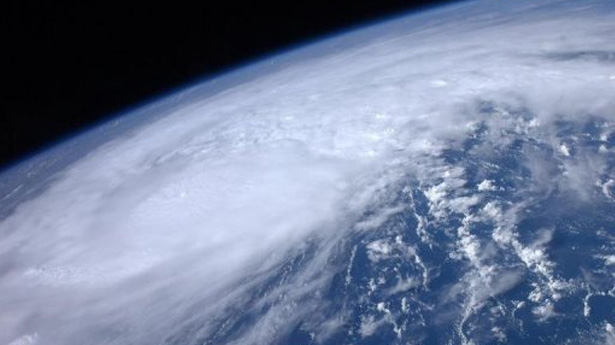OF THE
TIMES
I've had enough of someone else's propaganda. I'm for truth, no matter who tells it. I'm for justice, no matter who it's for or against. I'm a human being first and foremost, and as such I am for whoever and whatever benefits humanity as a whole.
Highlander, I am half Scots half English , like it or not. I have ancestry that remembers Glencoe. Yes that line three generations later was at...
Learning from their great role models. The Nazis called their state the "Thousand-Year Reich".
Considering that Jill Stein is Jewish, Netanyahu's claim is interesting, but Stein is not in alone in her disagreement with the Zionists: Zionism...
Interesting to see these punches between an Englishman and a Scotsman... We just need an Irishman to give us the punchline.
1. That’s obvious. 2. That’s simple you delude yourself. Either that or you think you can delude others. 3. I’ve read your reviews, hence the...
To submit an article for publication, see our Submission Guidelines
Reader comments do not necessarily reflect the views of the volunteers, editors, and directors of SOTT.net or the Quantum Future Group.
Some icons on this site were created by: Afterglow, Aha-Soft, AntialiasFactory, artdesigner.lv, Artura, DailyOverview, Everaldo, GraphicsFuel, IconFactory, Iconka, IconShock, Icons-Land, i-love-icons, KDE-look.org, Klukeart, mugenb16, Map Icons Collection, PetshopBoxStudio, VisualPharm, wbeiruti, WebIconset
Powered by PikaJS 🐁 and In·Site
Original content © 2002-2024 by Sott.net/Signs of the Times. See: FAIR USE NOTICE

All stars have a partner.
Proxima Centauri
[Link]Barnard Star
[Link]Krypton
[Link]Gliese 581
[Link]61Virginis
[Link]Ross 248
[Link]Tau Ceti
[Link]Gliese 163
[Link]Gliese 370
[Link]Gliese 667
[Link]newlywed
[Link]metamorphosis
[Link]
Solar System as 4D energy vortex
[Link]